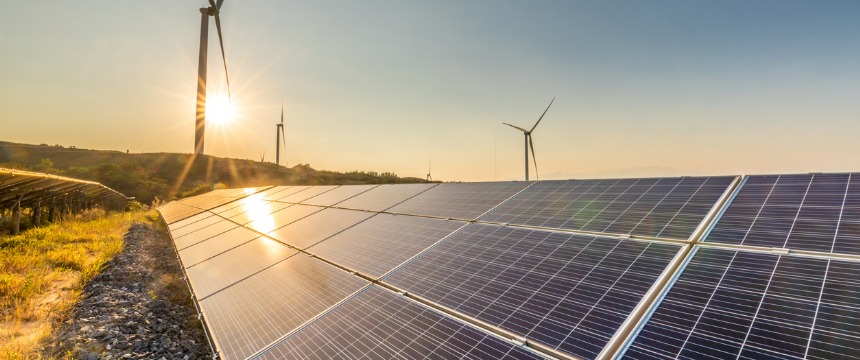
Legislation to extend the Investment Tax Credit (ITC) to energy storage was re-introduced yesterday by Senators Martin Heinrich of New Mexico and Cory Gardner of Colorado, along with 10 cosponsors. For storage, the ITC currently only applies if paired with renewable forms of energy production (subject to limitations based on charging). As a result, when renewable energy is not being produced, utility companies have limited options, and may be forced to rely on traditional forms of energy production to meet their customers’ energy needs. Energy storage allows the energy that is produced via a renewable source, such as solar and wind, to be stored and released later when production slows.
Legislation of this nature has been introduced before, but this bill is gaining momentum according to the Solar Energy Industries Association (SEIA). Earlier this week, Representative Mike Doyle of Pennsylvania introduced a companion bill to the House. In addition to these bills, more than 100 members of the House signed a letter addressed to the Chairman of the Ways and Means Committee, seeking to “clarify the tax code for energy storage technologies, which are critical for the continued deployment and expansion of intermittent, clean energy technologies, such as wind and solar, and help modernizing the electric grid to make it more efficient and resilient.”
The legislation is written to extend the ITC to all energy storage systems, regardless of whether it is paired with a renewable source of generation. The bill will help incentivize investment in energy storage of all sizes, from commercial and utility-scale operations, to residential storage systems designed to support rooftop solar.
The bill is an extension of the present ITC, and thus will subject it to the same “ramp-down” as the current program for solar.
| ITC (as a percentage of cost) | Year Construction Commenced |
| 30% | 2019 |
| 26% | 2020 |
| 22% | 2021 |
| 10% | 2022+ |


